
Like many other companies in the industry, Limbwalker, based in Louisville, Kentucky, had humble beginnings. Cory Petry and Chris O’Bryan started the business with a truck, an old chipper, some chainsaws and climbing equipment in 2004.
Now 18 years later, they have 45 employees and more ISA Certified Arborists on staff than any other company in the state. Limbwalker’s arborists also compete competitively at the state, national and international levels. A Limbwalker employee has won 18 of the past 20 state championships, in both men’s and women’s divisions.
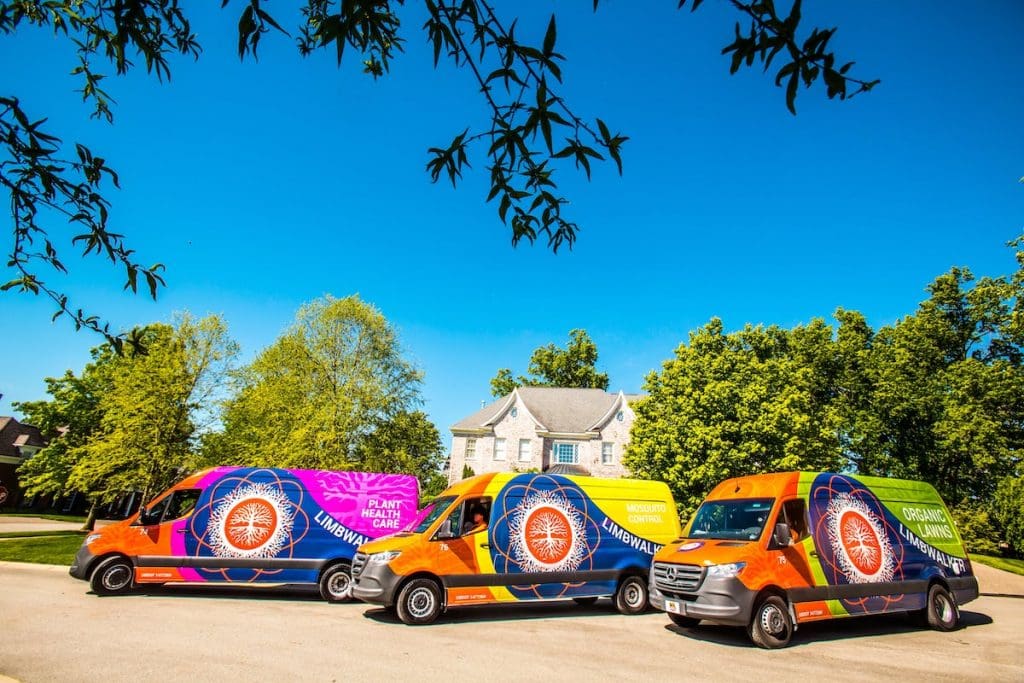
While they started with just tree services, they have expanded to offer plant health care, organic-based lawn care and mosquito control services.
“We have what’s called a minimal chemical philosophy,” O’Bryan says. “What we do is we put a lot of effort into training both our employees and our clients on how to care for their lawn. We found that a purely organic program is not satisfactory to anyone.”
O’Bryan says they’ve found if they can train their employees to spot spray weeds and train clients to mow their lawn at four inches and water well, they can reduce weed pressure by 95 percent.
Customer Service
O’Bryan, president of Limbwalker, says customers choose them because of their solid reputation. As they’ve evolved they’ve learned to advertise better and have over 700 five-star Google reviews.
He says this didn’t happen overnight but was a concerted effort over the past 18 months. O’Bryan says the key is asking for the client’s expectations.
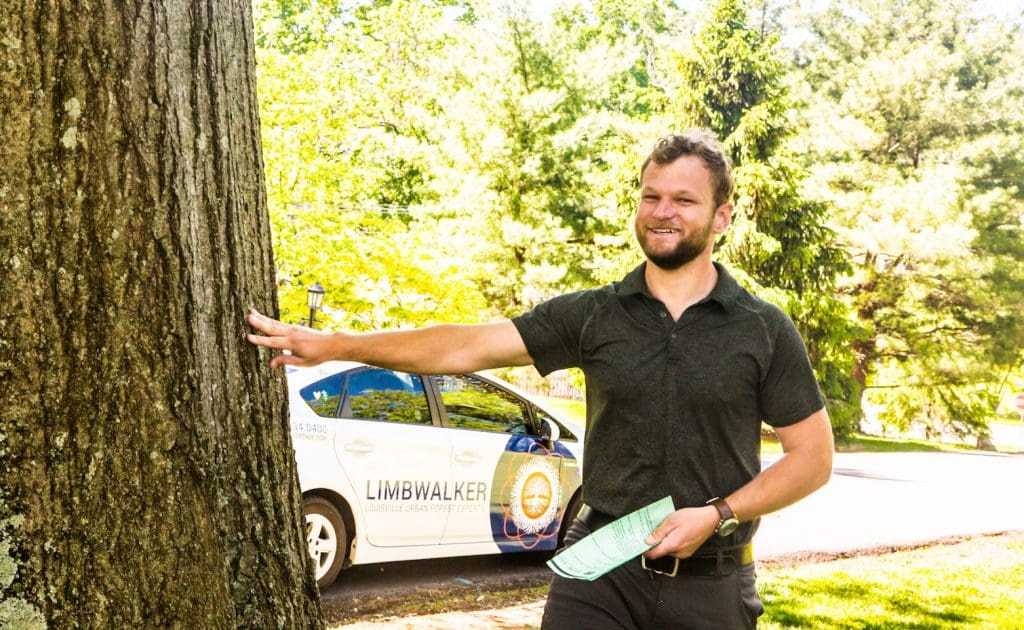
“We have a really simple equation that I teach all my crew leaders, my sales personnel, and I call it the trust equation,” O’Bryan says. “It goes like this: You ask someone for their expectations. Just simply, what are your expectations? And then you’ll confirm their expectations back to them.”
Often customers will say they don’t want limbs falling on their car or they’re scared to mow under a tree. A Limbwalker employee confirms the client’s expectations by reiterating what the customer wants to be done, like removing dead and diseased branches. After meeting the client’s expectations, they request a Google five-star review.
They explain that not only does this help Limbwalker but rewards the crew leader with $30 dollars for every five-star Google review they receive.
Diverse Workforce and Company Culture
Internally, Limbwalker attracts a lot of their employees from word of mouth. New hires at Limbwalker go through a very thorough orientation and training period where they are informed of what’s expected of them at the company, and then O’Bryan says he leaves them alone.

The company is divided into various teams with logos, for instance, the Green Hydras are their crane team while the Gray Wolves are their management team. Each team has an hourly price and different positions on the teams top out at certain percentages of the hourly price.
O’Bryan says this way when he provides raises, he raises the employee’s percentage of the hourly price, rather than a dollar amount. He says this helps the employees feel respected.
“As the hourly price of the crew goes up, so does their pay automatically,” O’Bryan says. “They’re all aware of this so they don’t have to feel like they have to ask for raises.”
Limbwalker also provides 30-minute paid lunches to their staff, giving them up to 100 hours of paid time per year for lunch. Staff can take longer lunch breaks; they just have to let the controller know.
The company has a robust set of bonus programs as well. Every quarter if the team meets their production goals, they earn a production bonus.
There is also a community chest bonus. Limbwalker puts $500 in the community chest for every production employee. For employee mistakes like running over a chainsaw, the cost to replace the tool comes out of the community chest fund. Other infractions, such as triggering their driving system to send out an alert that a staff member was speeding, take $20 out of the community chest.
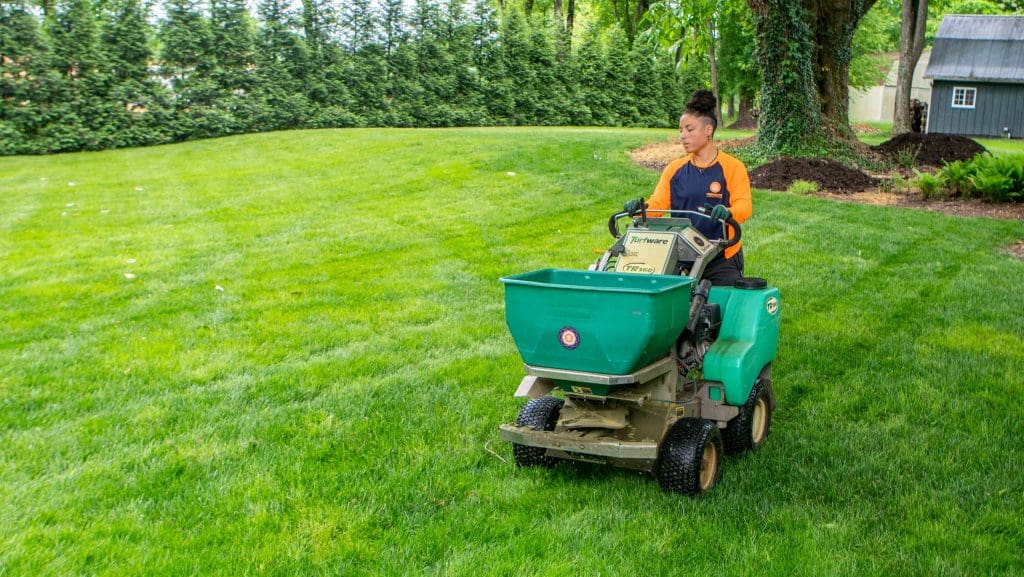
“It doesn’t cost the company anything, but it is an identification of risk because risk is a hidden cost,” O’Bryan says.
To offset this, employees can offer gratitudes to others on staff, which are read in front of the company, to put $20 back in the community chest. O’Bryan says he doesn’t have a problem with staff praising one another to boost the community chest’s total sum. At the end of the quarter, the remaining community chest funds are split equally among all production employees.
O’Bryan says they retain their employees through their culture.
“We have a very inclusive culture,” O’Bryan says. “We have a very diverse workforce of all shapes, sizes, sexual orientations and races. We just accept people. We’re really good at boundaries. We’re really good at setting expectations and I don’t micromanage.”
When it comes to achieving diversity on staff, O’Bryan says it can’t just be about wanting to be diverse one day. He explains that the first minority person you have on your team is the pioneer who doesn’t mind taking the risk, but if they don’t have a really good experience at your company, you’re not going to get that second person.
“You have to invite people that you want,” O’Bryan says. “You don’t just say, ‘Well, I don’t know why they don’t apply.’ You actually have to create an inviting culture.”
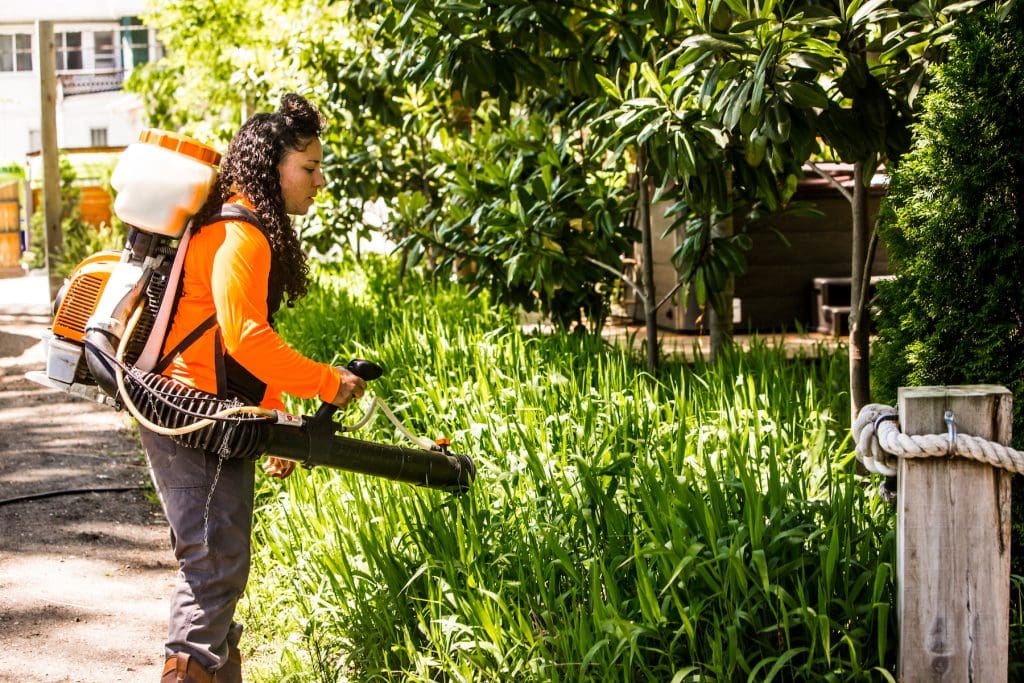
Around 25 percent of Limbwalker’s staff are female and O’Bryan has worked hard to make sure his company is inviting and doesn’t make it more difficult for female employees to feel like they belong. He also holds harassment training to identify toxic behaviors that are not tolerated.
Every morning the company does a two-minute ‘grounding in.’
“I don’t call it a meditation because sometimes people have issues with that,” O’Bryan says. “We call it a grounding in and it’s basically two minutes. You don’t have to shut your eyes, but you can’t talk, you can’t be on your cell phone, and you can’t bother anyone else for two minutes.”
After the grounding in, they offer gratitudes where staff shares what they’re grateful for. O’Bryan says this helps reframe the staff’s perspective and realize in the grand scheme of things, they’re having a pretty good day. They then share what they’re doing that day and name the clients they will be visiting. All of this typically takes about 15 minutes to complete. O’Bryan says he implemented grounding in when the pandemic hit as it was a good pattern interrupt for the company.
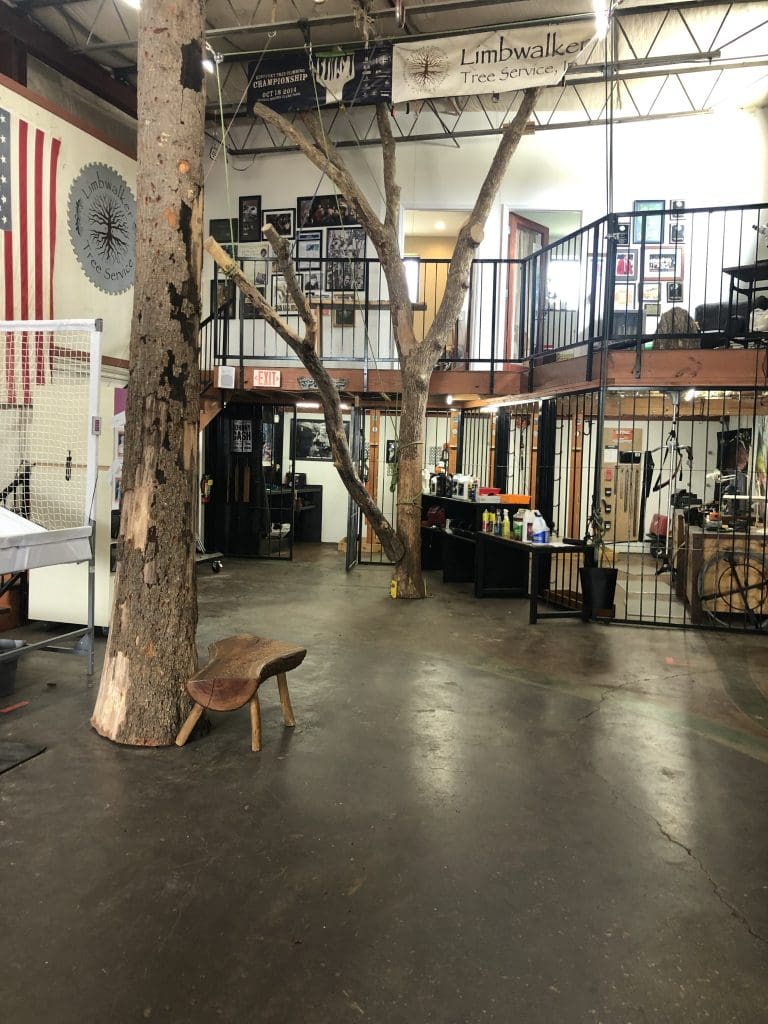
Photo: Limbwalker
“I’ve been with this company long enough to know that if you just say one day, ‘Hey, we’re going to change,’ a lot of times people are opposed to it,” O’Bryan says. “So, you have to take opportunities. So COVID provided this new opportunity.”
He had some pushback at first when he tried to introduce it, but after about three months, they got full compliance. Even the people opposed to it at first now respect it.
“It basically brings everyone to the same energetic level,” O’Bryan says. “Because sometimes people come in, they got an argument with their partner or they’re hyper cause they just drank a Red Bull. But once you ground in, it’s like everyone’s there to listen. That’s mostly what you want them to do is listen, take turns and respect one another.”

